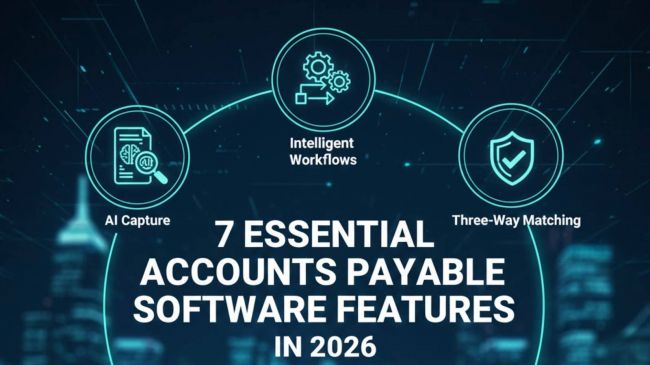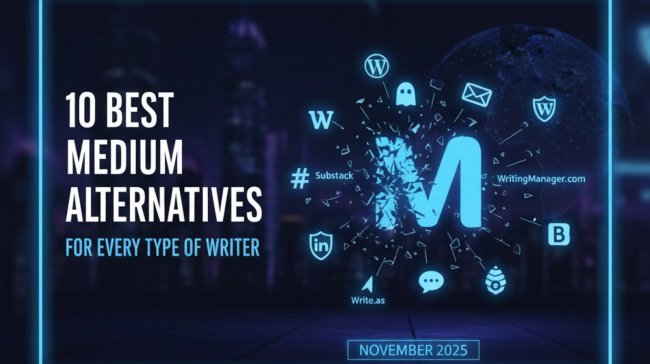On This Page
- Facing the Invisible Gatekeeper
- Cracking the Resume Algorithm
- Power of Keywords in Job Applications
- Formatting that Bots Can Understand
- Storytelling Inside a Resume
- Strategy for Beating AI Screening Bots
- Networking Beyond the Algorithm
- Future of Resumes in the Age of AI
- Key Takeaways from My Journey
- Final Thoughts: Turning Bots into Allies
I still remember the first time my resume hit a wall, not a human one, but an algorithmic one. I had polished every bullet point, highlighted my best achievements, and double-checked grammar twice. Yet, silence followed every application. No callback. No email. Just a void. That’s when I discovered the real gatekeepers of job applications weren’t recruiters at all; it was the applicant tracking systems (ATS).
Facing the Invisible Gatekeeper
When I applied online, my resume didn’t land in the hands of a hiring manager. Instead, it went through a filter designed to sort, rank, and reject. These bots scanned for keywords, formatting, and structure before a human ever glanced at my name.
It felt frustrating. How could a machine decide my career worthiness? But soon, I realized the algorithm wasn’t my enemy. It was just a gate I had to learn how to unlock.
Cracking the Resume Algorithm
The first step was understanding how ATS works. The software doesn’t “read” like we do. It parses text, matches it against a job description, and scores candidates based on keyword relevance. If the resume doesn’t align, it drops out of the pile.
So, I began studying job postings as if they were secret codes. Every required skill, every repeated phrase, every tool listed, I treated them as keywords to weave naturally into my resume. Instead of saying “managed social media,” I matched the posting’s wording: “social media management.” That one change made a difference.
Power of Keywords in Job Applications
I once applied for a marketing role where the description mentioned “SEO optimization” five times. I had SEO experience, but had written “search engine optimization.” The system didn’t connect the dots. Once I updated my wording to mirror the posting, I finally saw interview invitations land in my inbox.
The lesson? Keywords aren’t just buzzwords. They are the currency that gets past the bot.
Formatting that Bots Can Understand
I learned another painful truth: fancy resume templates look great to people but terrible to bots. ATS often breaks down when faced with columns, graphics, or unusual fonts. My beautifully designed resume became unreadable data.
Switching to a clean, single-column format made all the difference. Clear section headings like Experience, Education, and Skills helped the system categorize my achievements correctly. Simplicity beat style when the algorithm was the first reader.
Storytelling Inside a Resume
Once I passed the ATS, I still had to impress the human. That’s where storytelling mattered. I stopped listing tasks and started showing impact. Instead of writing, “Responsible for managing campaigns,” I changed it to, “Increased engagement by 40% through targeted campaigns.” Numbers, action verbs, and results told a stronger story.
It was about balance: writing for the machine first, but never forgetting the human eye waiting on the other side.

Strategy for Beating AI Screening Bots
I developed a three-step process:
- Decode the job posting like a search engine keyword map.
- Format the resume in a bot-friendly structure.
- Add measurable achievements to hook the human reader.
Each time I applied these steps, my callback rate improved. I wasn’t sending resumes into a void anymore—I was opening doors.
Networking Beyond the Algorithm
But I also realized something important: the algorithm doesn’t control everything. Networking bypassed it. When a connection referred me, my resume often skipped the ATS entirely. That’s when I started blending digital strategy with real human relationships.
The algorithm could block me, but a person could pull me through.
Future of Resumes in the Age of AI
As AI grows smarter, resumes may evolve too. Some companies already use AI video screening and skill-based tests before human interviews. The resume will remain important, but the way we design it must adapt.
I see the future not as “resume vs. algorithm” but as “resume with algorithm.” Those who learn to write for both will have the edge.
Key Takeaways from My Journey
- Always tailor resumes to the job description.
- Use exact keywords employers highlight.
- Keep formatting clean and ATS-friendly.
- Highlight measurable results with numbers.
- Balance optimization with authentic storytelling.
- Leverage networking to bypass screening entirely.
Final Thoughts: Turning Bots into Allies
The first time I faced an algorithm, I felt defeated. Now, I see it as part of the process. The bots aren’t rejecting me; they’re filtering for alignment. Once I learned their language, I turned the game around.
Every job seeker today is battling the same invisible gatekeeper. But if you adapt, you won’t just beat the bots, you’ll prove you belong on the shortlist.
Post Comment
Be the first to post comment!





